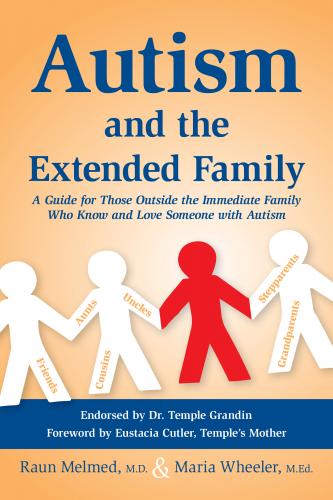showing genuine concern and affection. Give a hug or put your arm around the person’s shoulder, if appropriate. If the person is not interested or is irritated that you offered, don’t take it personally. Understand that such reactions happen during grieving.
saying “I’m sorry”; “Tell me how I can help”; “I want to be there for you”; “Would you like a hug?”; “Know that I am here to listen whenever you are ready.”
using creative outlets such as journaling, writing poems, taking photos, or blogging.
having compassion for family members, the child who has autism, and yourself.
When you recognize you or a family member are in the anger stage of grief:
Don’t avoid the person or isolate yourself. That extended family member (even if it is you) needs love and support at this time.
Don’t pry into personal details.
Don’t ask questions or offer theories about the causes of the child’s autism. Don’t start talking about how Uncle Bob never talked until he was eight years old.
Don’t say, “I know how you feel.”
Don’t say clichés or offer advice or quick solutions.
Don’t try to cheer up the person or distract the person from what he or she is feeling.
Don’t minimize the problem. Don’t say, “It’s not that bad” or “You’ll be okay.”
Don’t tell the person how to feel or to stop feeling angry.
Do say, “I love you” (if you are close enough).
Do ask “Tell me how I can help?”
Do say “Tell (the child who has autism and other family members) hi from me,” or “Give (the child who has autism and other family members) a big hug for me and tell him I love him.”
Конец ознакомительного фрагмента.
Текст предоставлен ООО «ЛитРес».
Прочитайте эту книгу целиком, купив полную легальную версию на ЛитРес.
Безопасно оплатить книгу можно банковской картой Visa, MasterCard, Maestro, со счета мобильного телефона, с платежного терминала, в салоне МТС или Связной, через PayPal, WebMoney, Яндекс.Деньги, QIWI Кошелек, бонусными картами или другим удобным Вам способом.
